It’s time for the return of the show-stopping table clock
A host of brands, from Piaget to Van Cleef & Arpels, are revisiting the table clock in spectacular style
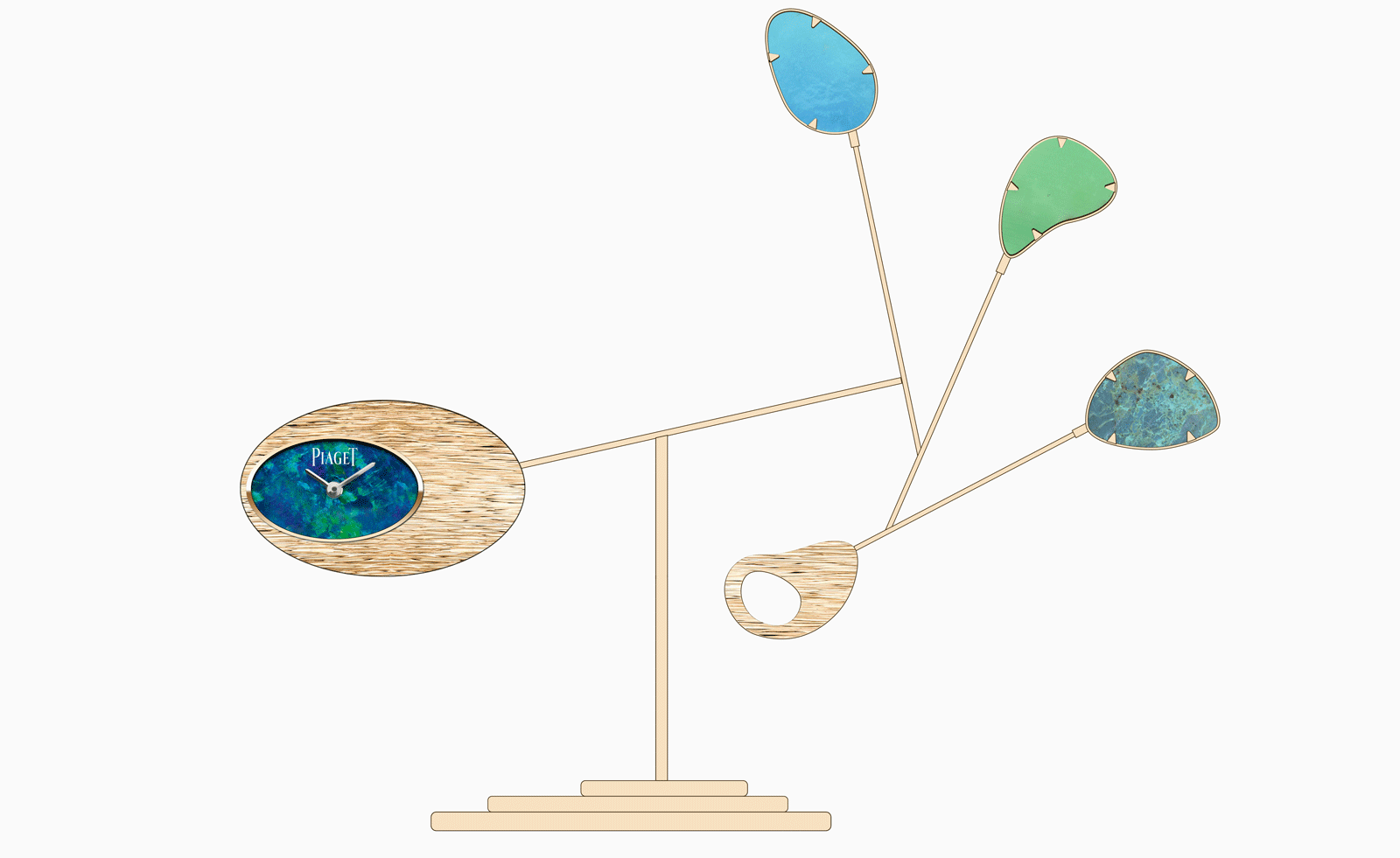
For all that mechanical watchmaking is usually about miniaturisation, sometimes its masters like to display their talents on a grander scale. In 2025, brands and collectors alike have been enticed by the showstopper appeal of the most incredible clocks –statement pieces that bring the best attributes of today’s watchmakers to room-filling stature.
It has been the same story in the vintage market. In May, Phillips sold nine Cartier clocks that it described as ‘museum grade’ across its Hong Kong and Geneva auctions. The star lot was Portico Clock No.3, a 101-year-old ornate table clock in the ‘mystery’ style for which Cartier became famous. It sold for CHF3.9m (£3.5m), and still wasn’t the top story in an auction that also saw independent watchmaker FP Journe acquire a clock it had made for Breguet in 1991, the Sympathique no.1, for CHF5.5m (£5m).
That masterpiece is destined for FP Journe’s forthcoming museum in Geneva. But others are headed for – or already reside in – private collections. At Watches and Wonders in April, Chanel showed the Diamonds Astroclock, a contemporary take on a classic planetarium style that was produced by specialist clockmaker L’Epee 1839 (recently acquired by LVMH). With the movement housed in a glass sphere, the clock celebrated the constellation of Leo, both in its timekeeping display and with a white-gold lion sculpture set with 5,037 diamonds at the clock’s base.
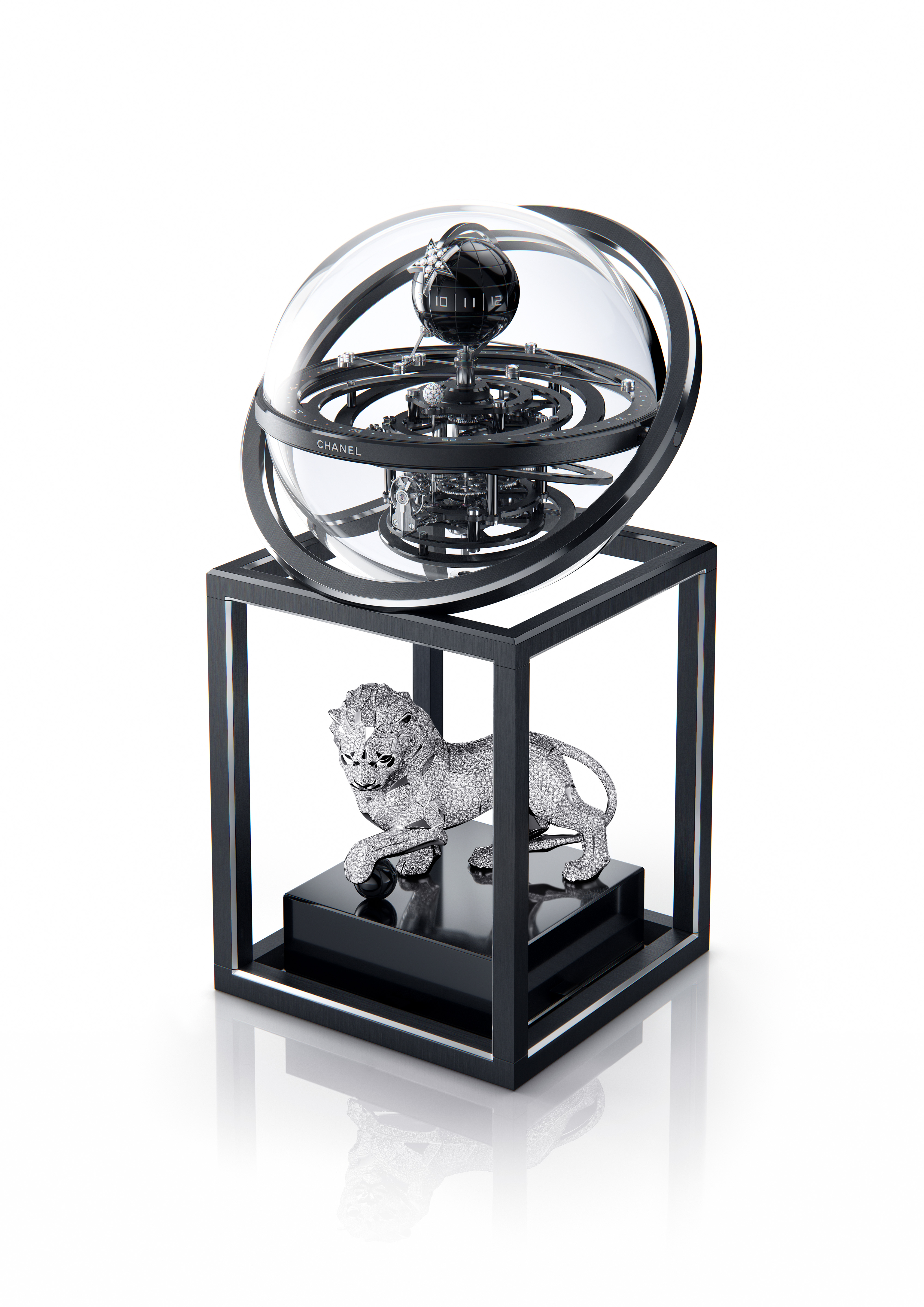
The Chanel Diamonds Astroclock
Astronomical timekeeping was a popular theme: Panerai showed an updated version of its Jupiterium, a 100kg perpetual calendar planetarium that celebrates the discoveries of Galileo. As brooding and modern as the Chanel piece, it features the constellations of the zodiac picked out in green Super-Luminova, in keeping with the brand’s tool-focused aesthetic.
Van Cleef & Arpels, meanwhile, opted for a more ornate approach to what it calls its latest ‘extraordinary object’. The giant table-mounted planetarium is an evolution of a decade-old design, with a stylised shooting-star motif inlaid into the pale wood and the most impossibly detailed depictions of the planets, which orbit atop a celestial plane of lapis lazuli, accompanied by a mechanical melody as a gem-set shooting star emerges from a hatch to tell the time.
It is possible, however, to create a sensational clock without amassing enormous weight or complexity. Piaget’s latest clock is described as a ‘high jewellery mobile’, and sets a golden oval, set within it a smaller oval of opal, against four counterweights, also in gold, three of which are inlaid with semiprecious stones. With each individual clock differing slightly due to the natural variation of the stones, the mobile must be balanced accordingly.
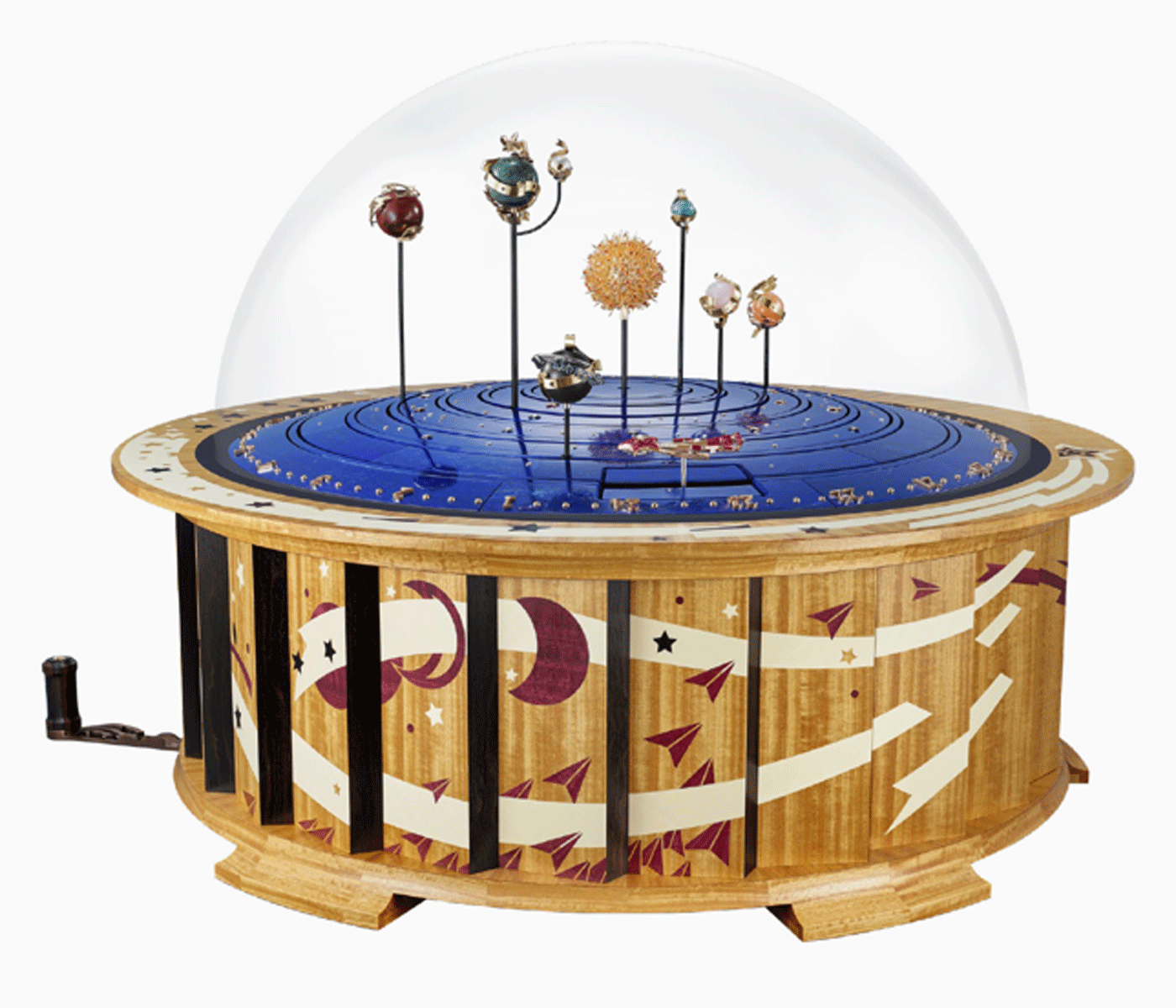
Van Cleef & Arpels table clock
By cutting against the grain of size, heft and mechanical complexity, Piaget has shown that there is more than one way to translate the aesthetic of a fine jewellery brand into a clock, bringing elements of its 1970s and 1980s heyday that are enjoying such a moment in today’s watch market.
Receive our daily digest of inspiration, escapism and design stories from around the world direct to your inbox.
Chris Hall is a freelance watch journalist with 13 years' experience writing for the biggest titles in the UK. He is also the founder of The Fourth Wheel, a weekly newsletter offering an independent perspective on the industry
-
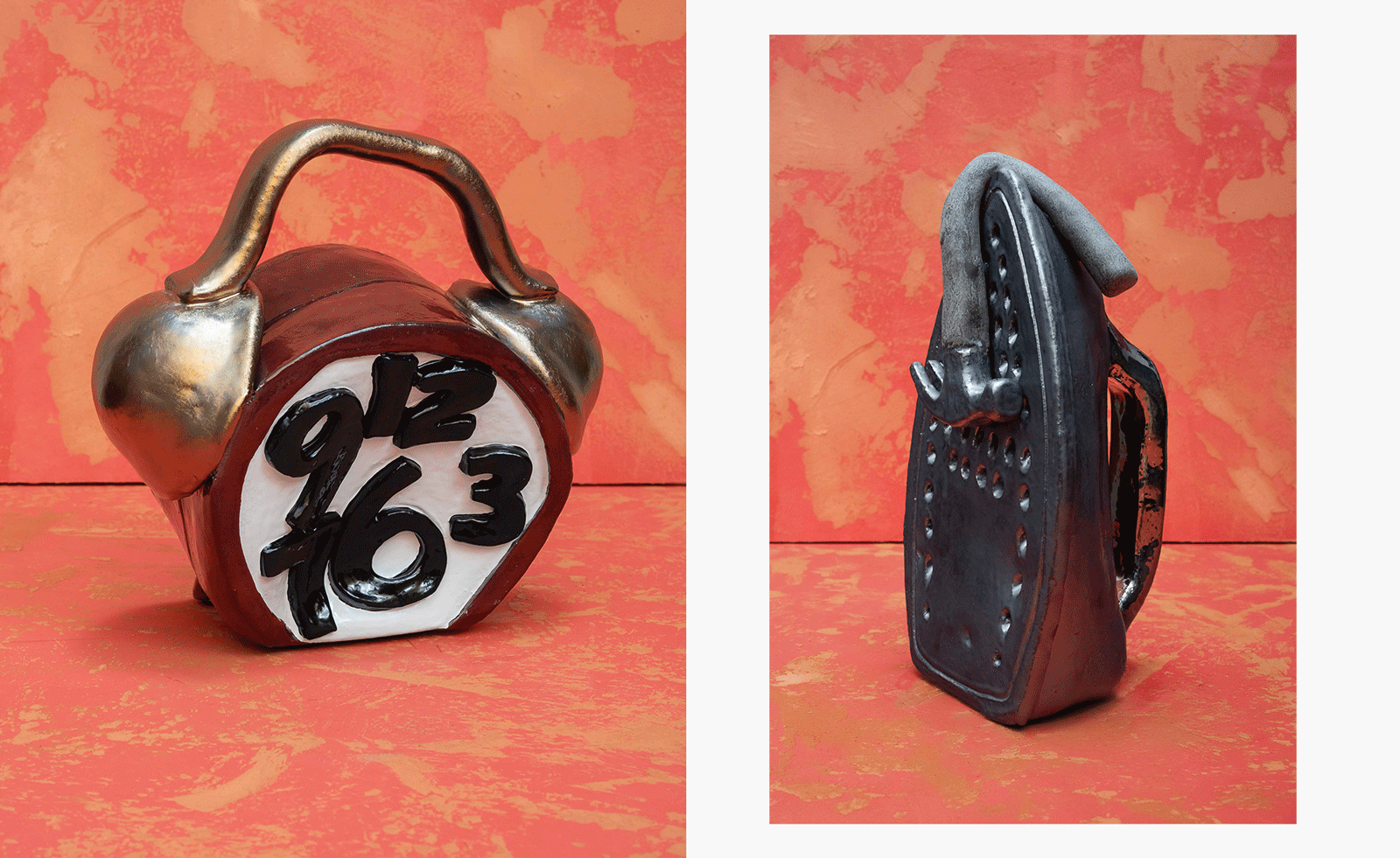 Sculptor Woody De Othello paints a Miami museum red for a show that ‘almost hugs you’
Sculptor Woody De Othello paints a Miami museum red for a show that ‘almost hugs you’The Miami-born, California-based artist opens his first museum exhibition in his hometown as an experiential journey through life and lifeless objects
-
 Alpine A390 GT: French, fast and fun. A sporting EV with a real sense of occasion
Alpine A390 GT: French, fast and fun. A sporting EV with a real sense of occasionAlpine doubles down on its fast electric credentials with the A390 GT, the French performance brand’s largest car to date
-
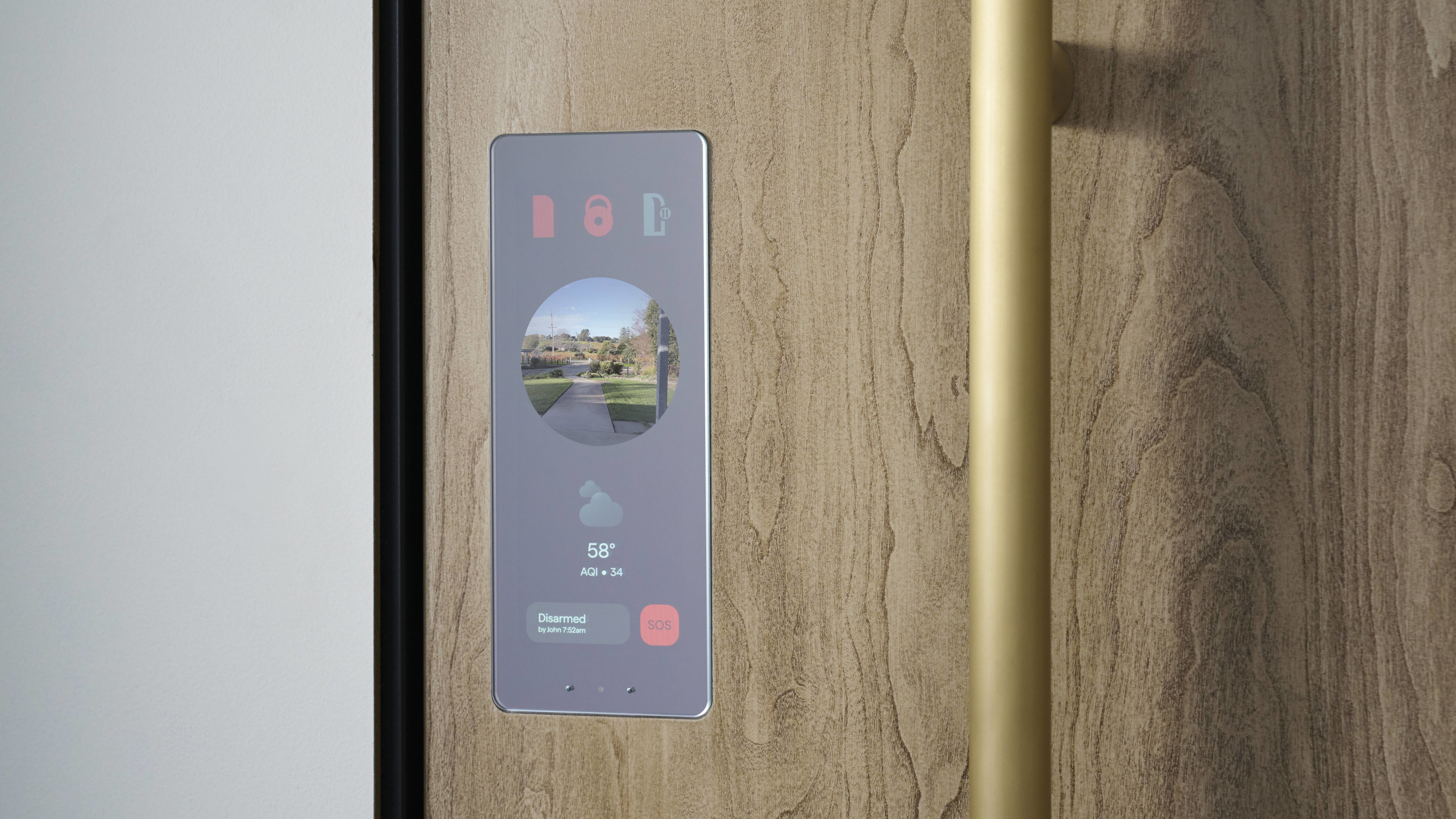 Forget smart homes, Doma's 'intelligent' doors open at the sight of a familiar face
Forget smart homes, Doma's 'intelligent' doors open at the sight of a familiar faceYves Béhar and Jason Johnson have founded Doma, a tech start-up dedicated to seamlessly integrating tech into your daily life
-
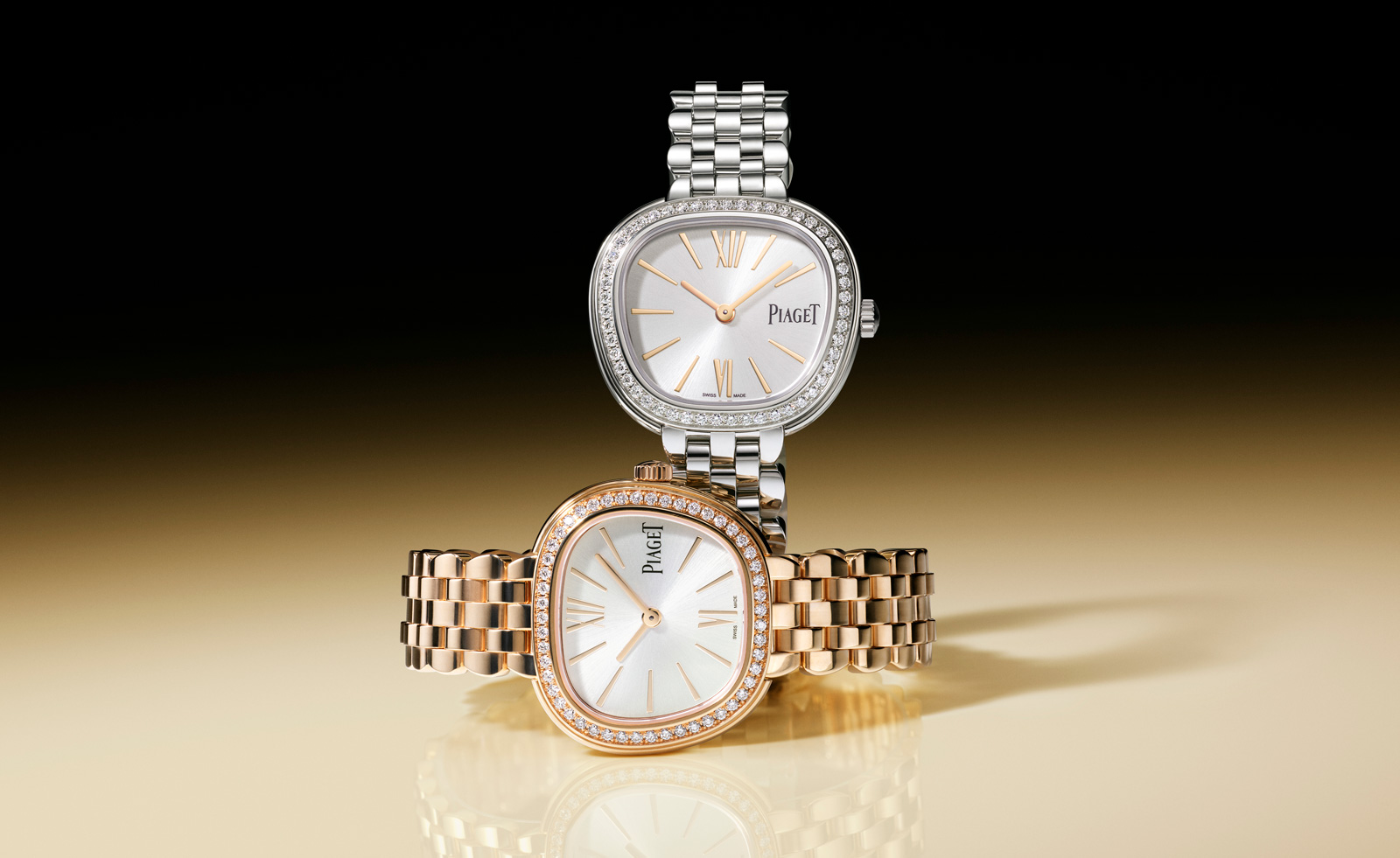 Piaget’s new Sixtie watches recall a glamorous history at Watches and Wonders 2025
Piaget’s new Sixtie watches recall a glamorous history at Watches and Wonders 2025Piaget draws on historical codes with the trapeze-shaped Sixtie watch collection, revealed at Watches and Wonders 2025
-
 Van Cleef & Arpels light up London with the Dance Reflections festival
Van Cleef & Arpels light up London with the Dance Reflections festivalVan Cleef & Arpels are celebrating their ties with the world of choreography with the second edition of the Dance Reflections festival across London
-
 Dazzling high jewellery for statement dressers
Dazzling high jewellery for statement dressersIntricate techniques, bold precious stones and designs unite in these exquisite high jewellery pieces
-
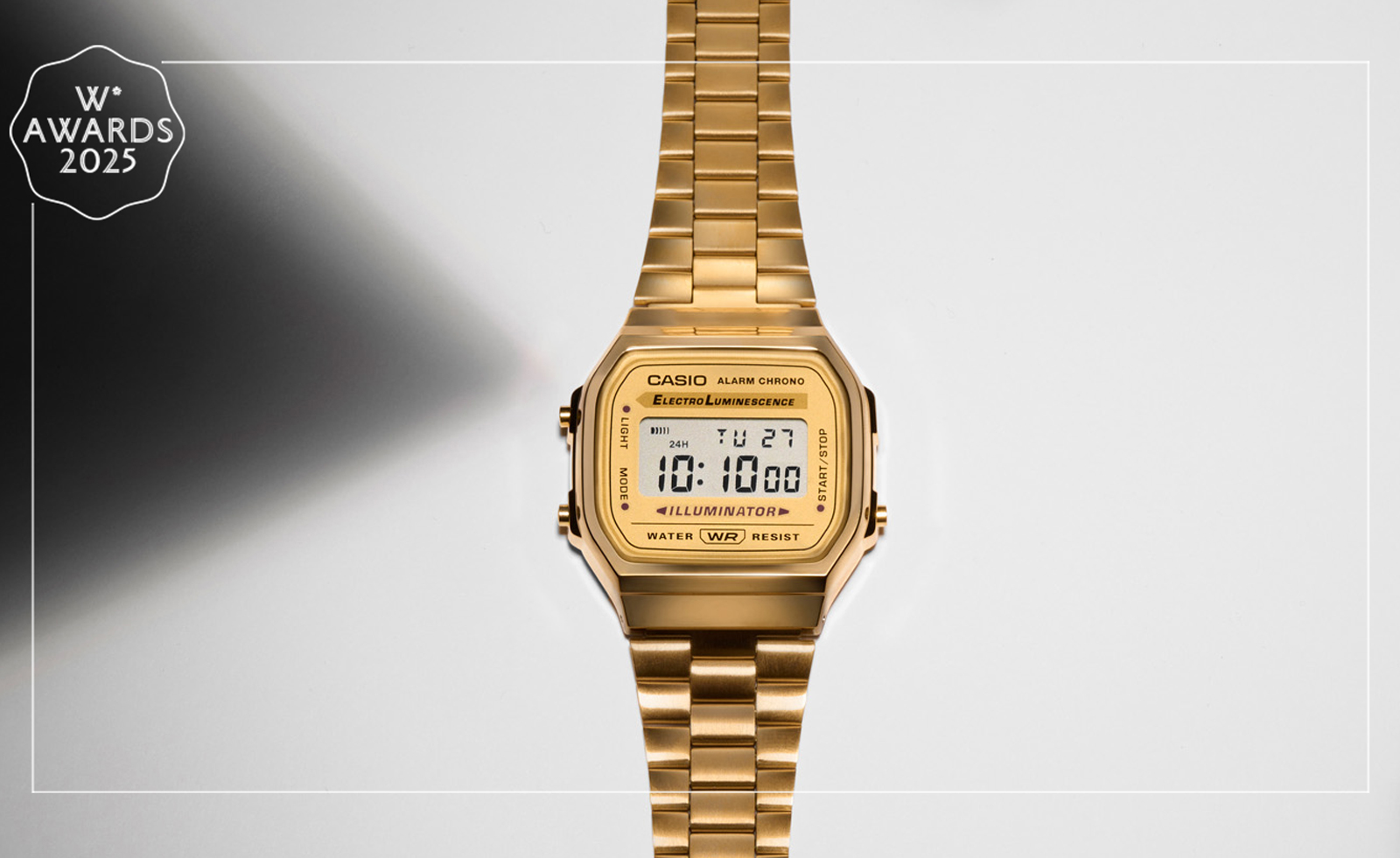 Wallpaper* Design Awards 2025: best watch reinterpretations
Wallpaper* Design Awards 2025: best watch reinterpretationsWatch brands including Casio, G-Shock and Audemars Piguet are going full circle – and we’re here for it
-
 High jewellery is given a literary twist in Van Cleef & Arpels' new Treasure Island-inspired collection
High jewellery is given a literary twist in Van Cleef & Arpels' new Treasure Island-inspired collectionVan Cleef & Arpels look to Robert Louis Stevenson’s classic adventure story for a high jewellery collection in three parts
-
 Take a look at the big winners of the watch world Oscars
Take a look at the big winners of the watch world OscarsThe Grand Prix d’Horlogerie de Genève is the Oscars for the watch world – get all the news on the 2024 event here
-
 An impressive private jewellery collection goes on public display in Dubai, organised by Van Cleef & Arpels’ L’École, School of Jewelry Arts
An impressive private jewellery collection goes on public display in Dubai, organised by Van Cleef & Arpels’ L’École, School of Jewelry ArtsLate French collector and antique art dealer Yves Gastou amassed an impressive ring collection, now the subject of an exhibition, ‘Men’s Rings, Yves Gastou Collection’
-
 What happens when a Chanel watch becomes a sound machine?
What happens when a Chanel watch becomes a sound machine?Meet the Chanel Première Sound – an adaptable necklace with a watch and removable earphones